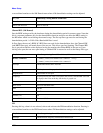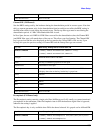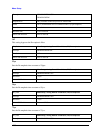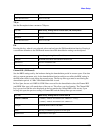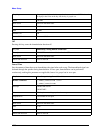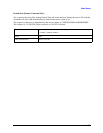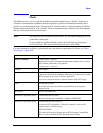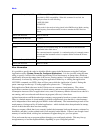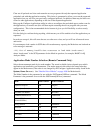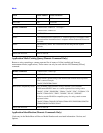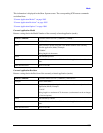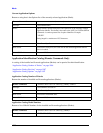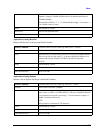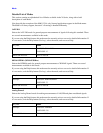
1091
Mode
Mode
The Mode key allows you to select the available measurement applications or “Modes”. Modes are a
collection of measurement capabilities packaged together to provide an instrument personality that is
specific to your measurement needs. Each application software product is ordered separately by Model
Number and must be licensed to be available. Once an instrument mode is selected, only the commands
that are valid for that mode can be executed.
NOTE Key operation can be different between modes. The information displayed in Help
is about the current mode.
To access Help for a different Mode you must first exit Help (by pressing the
Cancel (Esc) key). Then select the desired mode and re-access Help.
For more information on Modes, preloading Modes, and memory requirements for Modes, see “More
Information” on page 1092
Key Path: Front-panel key
Remote Command: :INSTrument[:SELect]
SEQAN|BASIC|WCDMA|EDGEGSM|WIMAXOFDMA|ADEMOD|BTooth|TDSC
DMA|CDMA2K|CDMA1XEV|LTE|LTETDD|
:INSTrument[:SELect]?
Example: INST SEQAN
Notes: The available parameters are dependent upon installed and licensed
applications resident in the instrument. Parameters given here are an example,
specific parameters are in the individual Application.
A list of the valid mode choices is returned with the INST:CAT? Query.
Preset: Not affected by Preset.
In the EXT, the mode set by Restore System Defaults is the Sequence
Analyzer mode.
State Saved: Saved in instrument state
Backwards Compatibility SCPI: :INSTrument[:SELect] GSM
provided forbackwards compatibility. Mapped to EDGEGSM.
Backwards Compatibility SCPI: :INSTrument[:SELect] SANalyzer
provided for ESU compatibility. When this command is received, the
analyzer aliases it to the following:
INST:SEL SCPILC
This results in the analyzer being placed in SCPI Language Compatibility
Mode, in order to emulate the ESU Spectrum Analyzer Mode.




